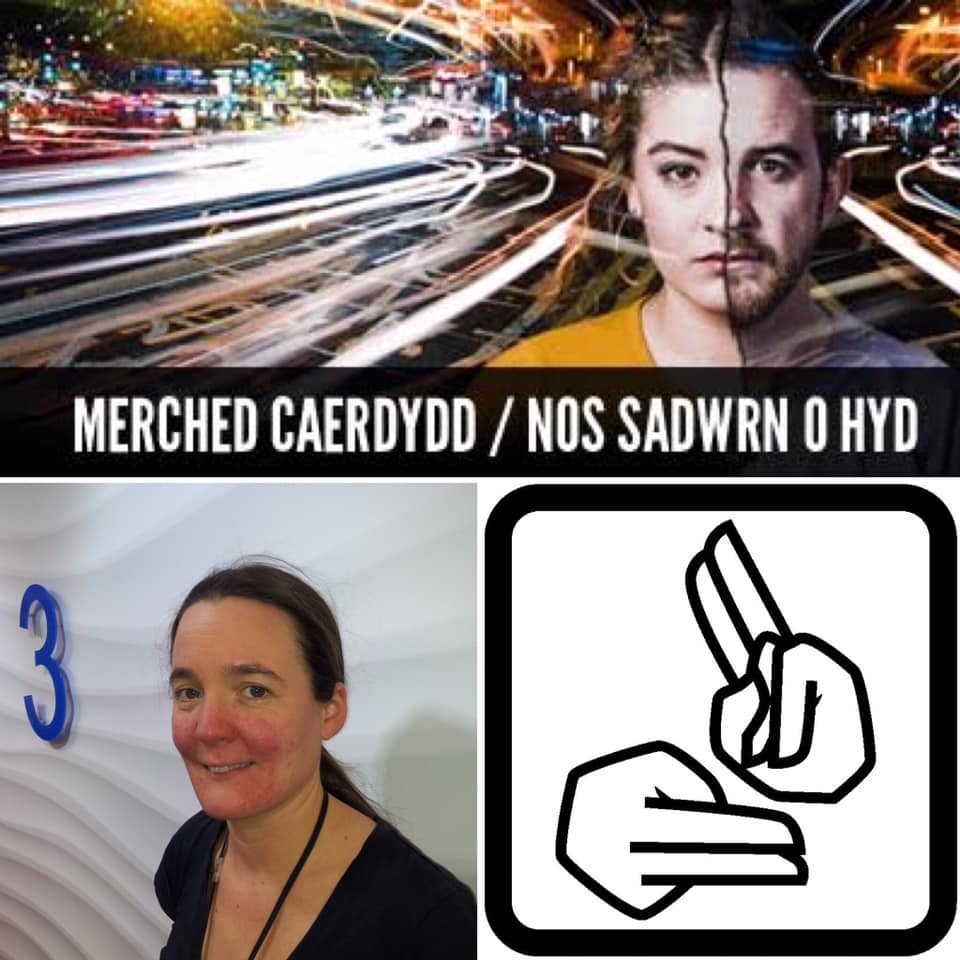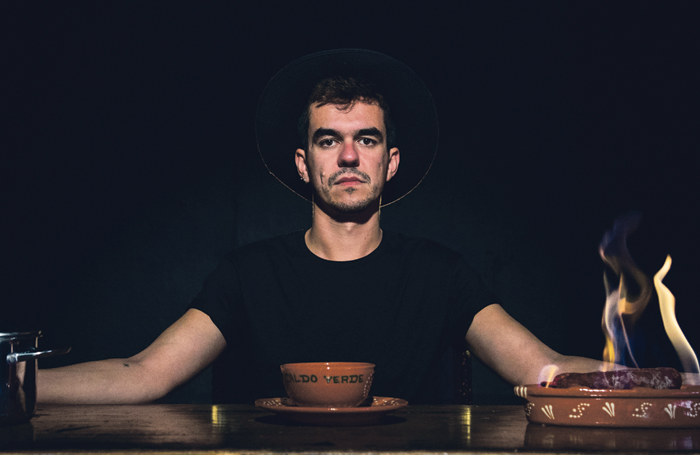 (5 / 5)
(5 / 5)
Bottom is an auto-biographical play about Willy Hudson, a queer man exploring the overriding questions of, what it is to be a “bottom” or a “top”, why does it matter and whether “bottom” in bed means bottom in life?
It’s a coming-of-age story, a queer story, a gay story, a story about insecurity in many forms, about relationships and ultimately, a classic love-story. But really, who needs labels when you’ve got substance? And Bottom has substance in bucket loads.
Willy takes us on his quest for love from the moment he came out to the morning after his first sober date. He’s awaiting a text from his date which triggers him to explore various aspects of his life and why this text, as opposed to the others, is so important.
Before this, Willy has been partying and sleeping around, as a bottom, for his entire sexual maturity, if he’s not been at home masturbating. This is the first time he’s felt a connection and the first time he’s not needed drugs or alcohol. But there are problems, the dinner he cooked was burned, he couldn’t ‘get it up’, he hid in his bathroom and they didn’t have sex.
As the play develops, in its non-linear pattern, we learn about Willy’s sexual history – but what we’re really doing is understanding his quest for love. Willy isn’t looking for sex, but that is what he’s been taught, so that is what he gets.
Willy Hudson immediately establishes a relationship with the audience from the moment he enters wearing only a towel, looking for his clothes which are hidden underneath our chairs.
Hudson’s performance is honest, he feels like himself, it barely comes across as acting. It feels as only Willy could have played this part. Hudson deals with his past emotions critically and delivers a brilliant performance, channeling his inner Sasha Fierce.
Hudson’s honesty and self-reflection leads into his writing too, which is carefully constructed into a brilliant non-linear plot. This allows Hudson to stay true to his story, whilst also telling a theatrically intriguing story. The writing is beautiful, honest, well-structured and funny. There’s no way you’d guess this is Hudson’s debut as a playwright.
Director, Rachel Lemon, admits this was a hard show to direct, in the post-show Q&A. Hard because it’s so truthful to Willy, there were times where the best artistic choice changed Willy’s story somewhat. But, Lemon does a good job of maintaining a strong piece of theatre whilst telling Willy’s truth.
It is chaotic at times, Willy jumping all over the place with his non-linear plot. That chaos however is representative of Willy’s life in the story, so it works brilliantly, and Lemon’s direction ensures this succeeds.
Tic Ashfield’s sound design compliments the play perfectly. I’m no Beyoncé fan (sorry Willy, I prefer Rihanna), but the music choices are brilliant and are exploited at the right times for emotional effect. The inclusion of Beyoncé isn’t a weird gimmick that Hudson throws in as a fan, which was the worry going in. It fits.
You’ll do well to see a more important and relevant play than Bottom in Wales this year. Hudson doesn’t fall into the trap of negativity that surrounds so much LGBTQ+ theatre and media generally. He spoke about the importance of positive LGBTQ+ stories and how it was important to him that this was positive, in the post-show Q&A.
Yet, Hudson doesn’t shy away from tough topics and critiquing aspects gay culture either. He also speaks about fears of backlash that he’s seen other shows get. But says that at the end of the day, “it’s just a story and it is my truth.”
Not only for the LGBTQ+ community though, Bottom should be celebrated by everyone. In a time when the government are forcing a debate about the education of LGBTQ+ relationships, this couldn’t be more relevant or important. You could do a lot worse than take your kids to see this production. It is a play I needed to see at fourteen or fifteen and is equally important now.
It’s an educational piece, but not supposed to be. It doesn’t aim to teach, it’s just a story. This fact is just a reflection of where we’re at as a society.
I have personally never related so much to a piece of theatre. Yet, I’m not LGBTQ+. Hudson tells a human story, where the protagonist happens to be queer. He doesn’t simplify it to labels, he explores the human behind the labels within LGBTQ+ and wider society. This is so powerful and something we need more of.
Bottom it is a heartfelt, honest, funny and thought-provoking exploration of gay relationships in modern Britain. Miss it at your own risk.
Bottom is part of The Other Room’s ‘Spring Fringe’ curated spring season. One of eight shows coming to Cardiff’s only pub theatre over eight weeks. Tickets can be found HERE.
BOTTOM at The Other Room, Cardiff
27th – 30th March 2019
Written, Performed and Produced by Willy Hudson
Directed and Produced by Rachel Lemon
Sound Design: Tic Ashfield
Movement Director: Jess Tucker Boyd
Lighting Design: Lucy Adams
Line Producer: Sofia Stephanou
Dramaturg: Bryony Kimmings
Graphic Design: Jimmy Ginn
Photographer: Joe Magowan
Videographer: Tristan Bell


 (2 / 5)
(2 / 5)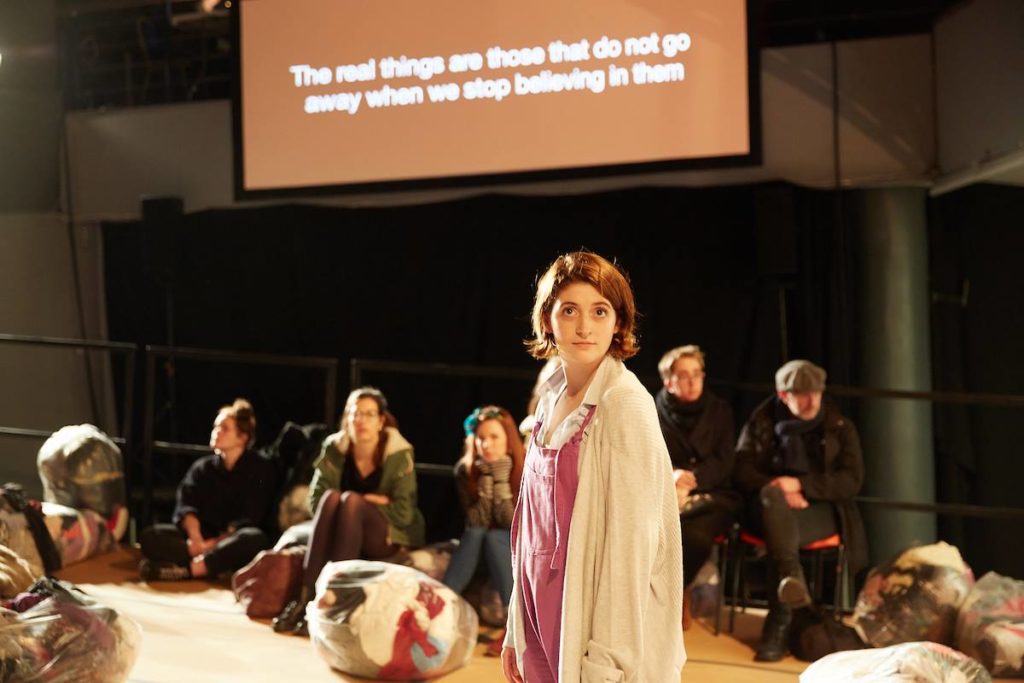
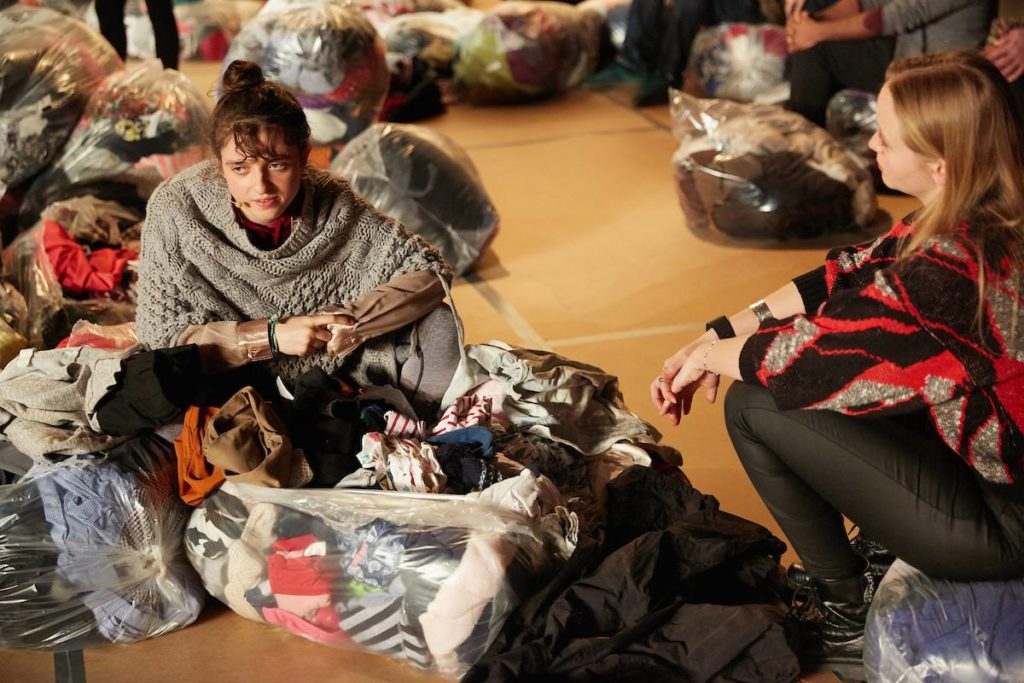
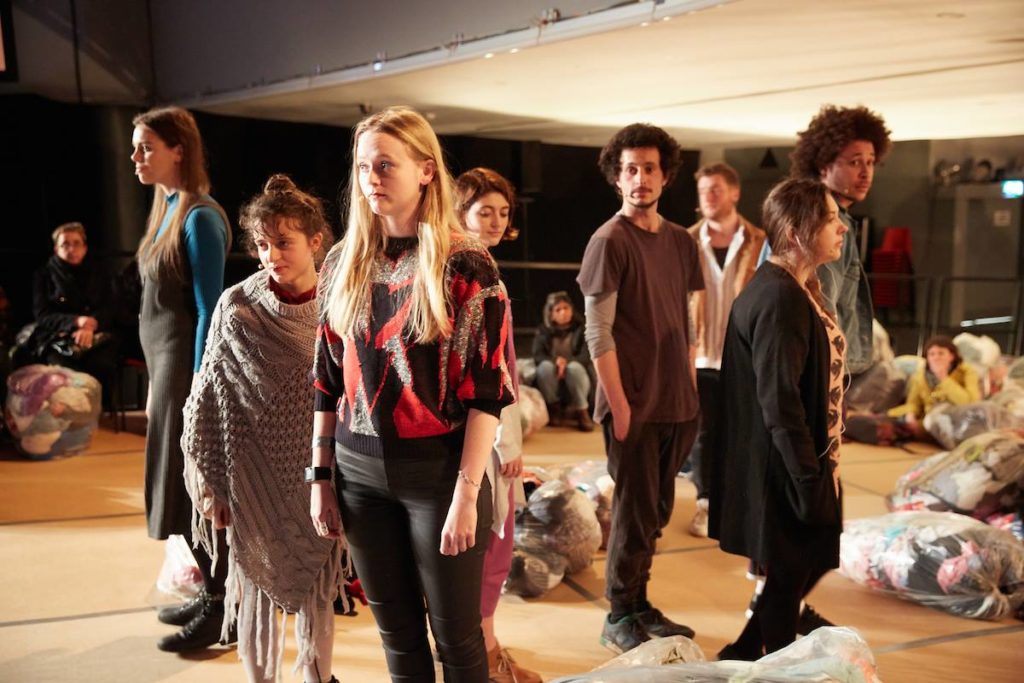
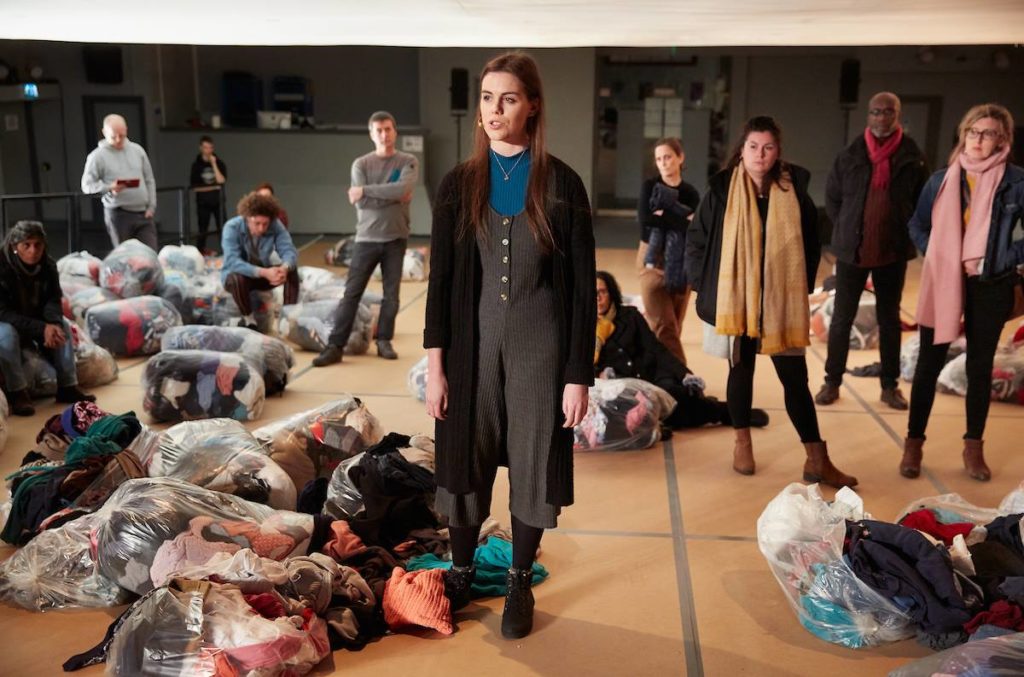
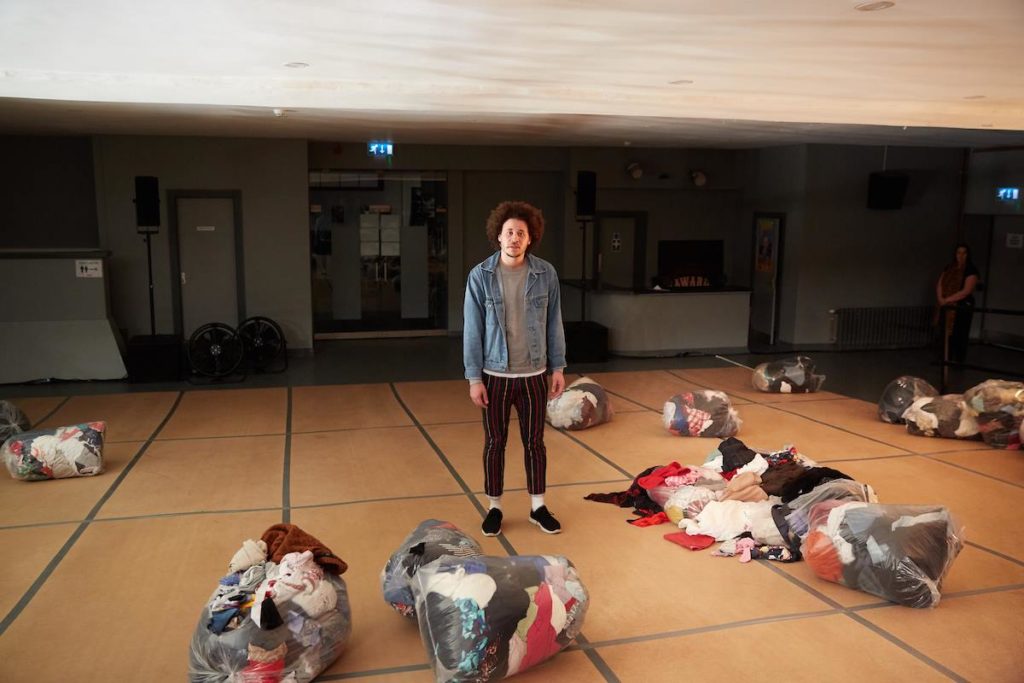
 (4 / 5) A treat for any Strictly Come Dancing On Ice fans!!
(4 / 5) A treat for any Strictly Come Dancing On Ice fans!!
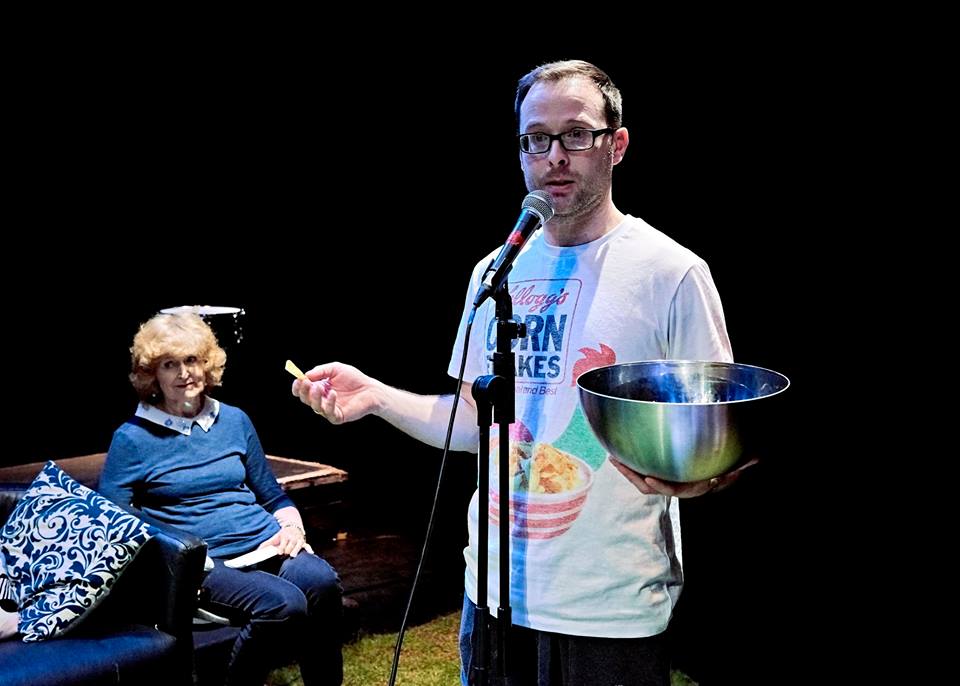
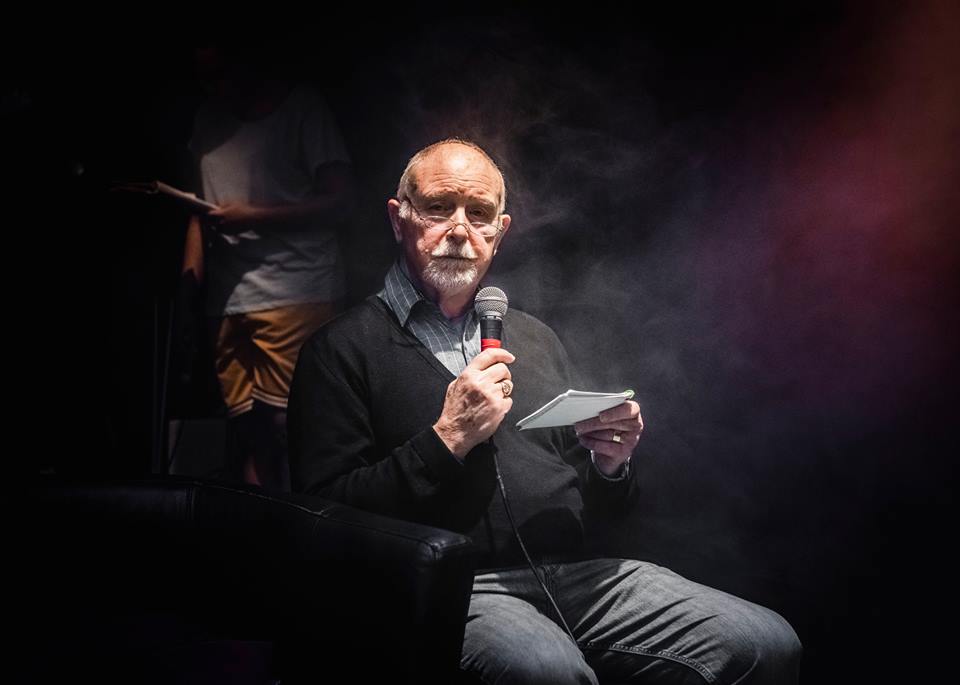


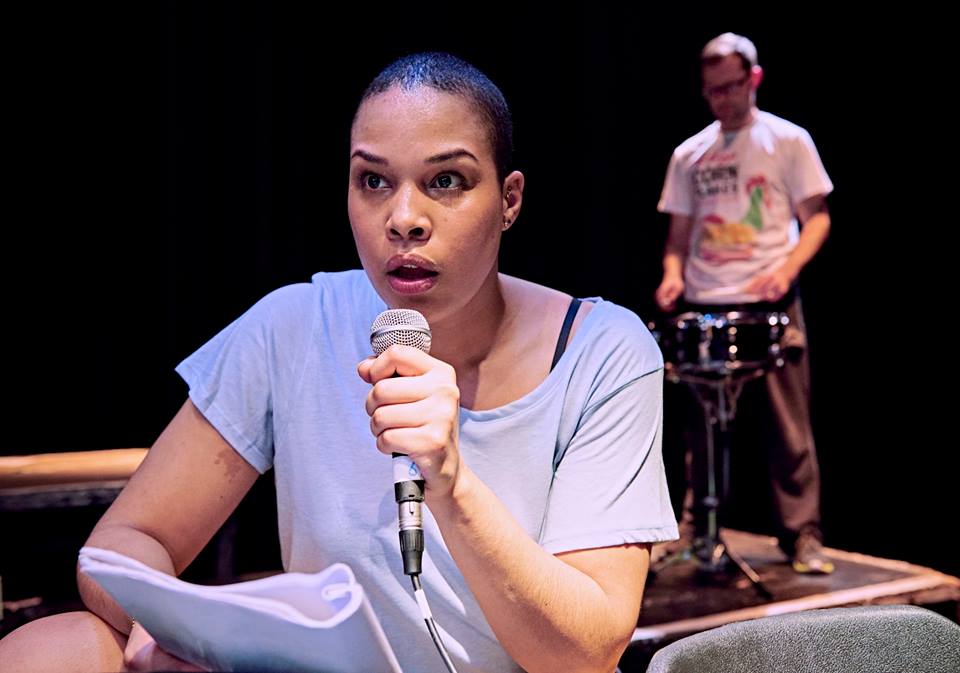

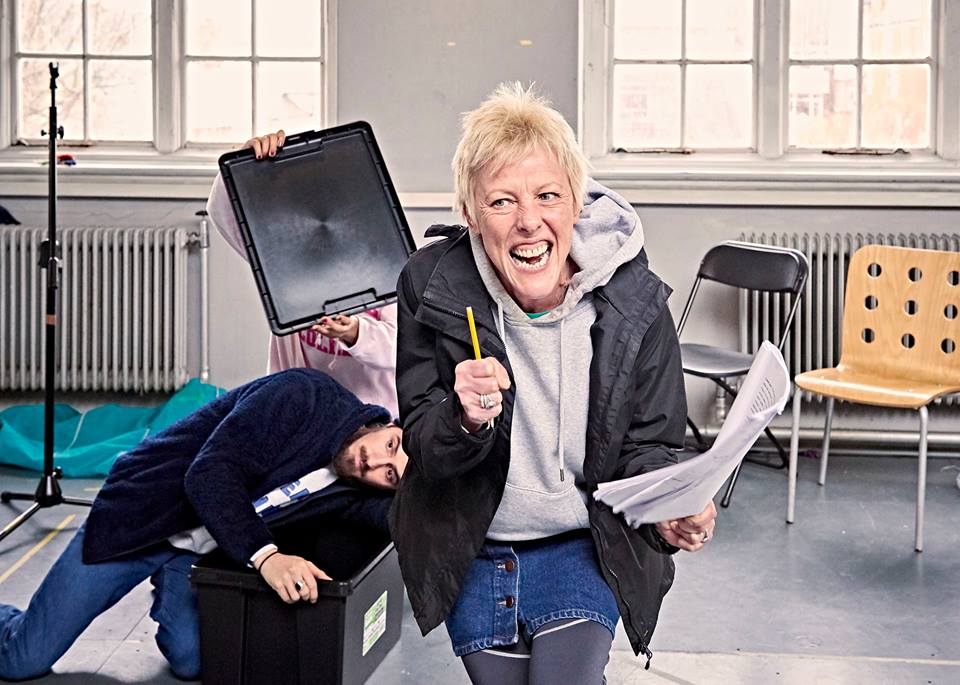

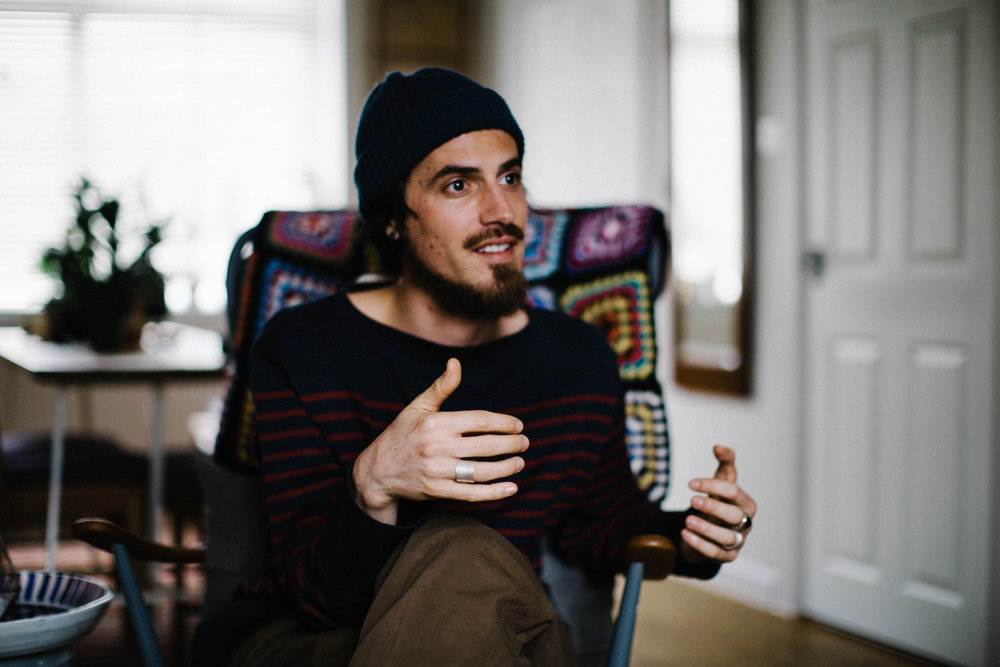


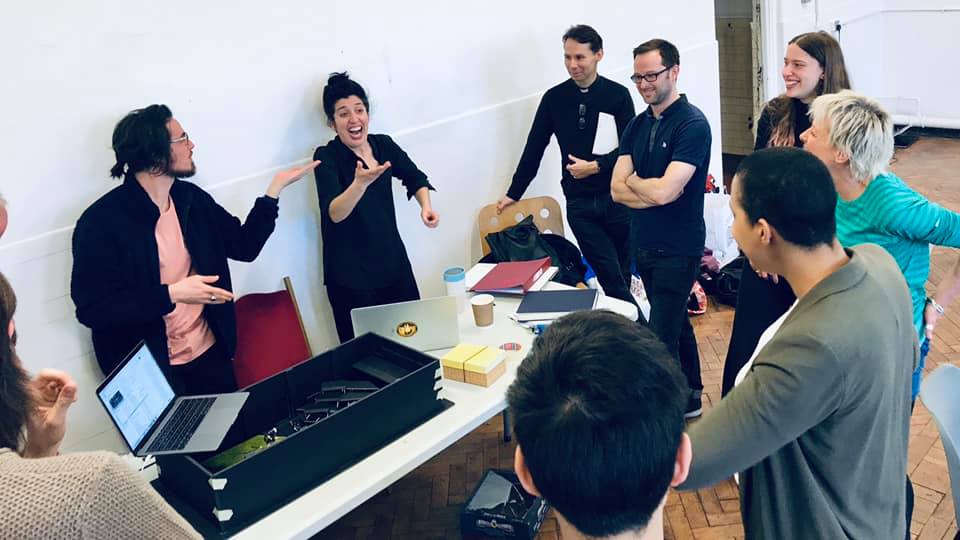
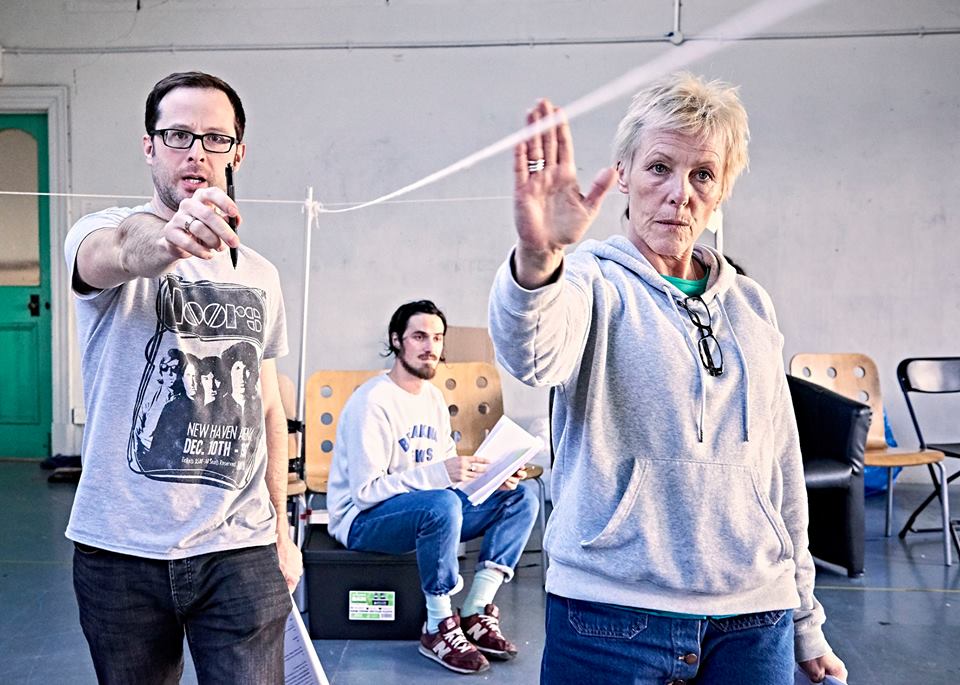

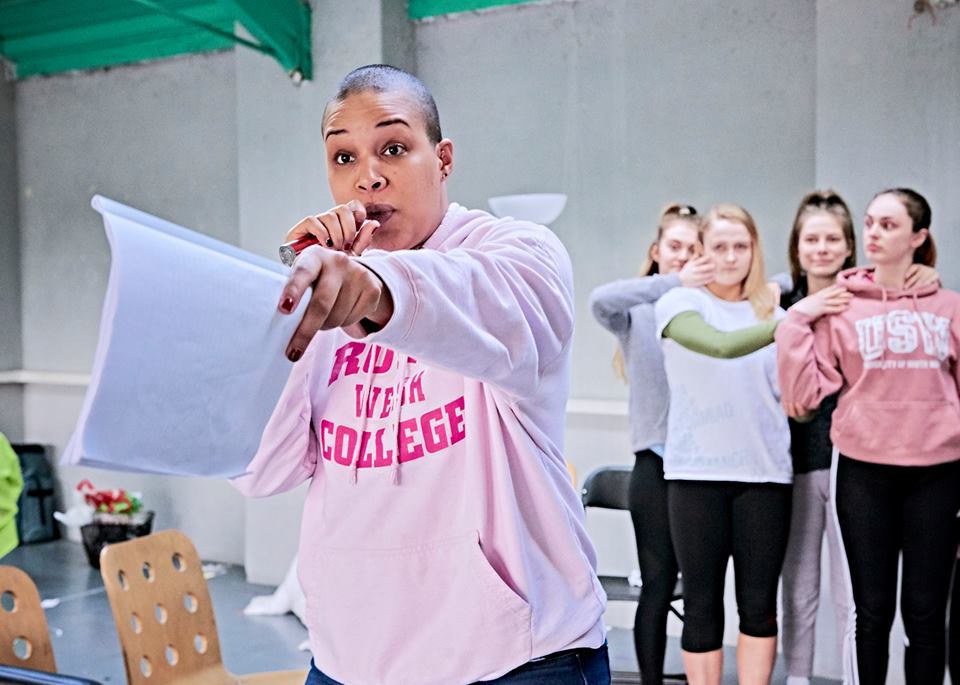
 (1 / 5)
(1 / 5) (3 / 5)
(3 / 5)